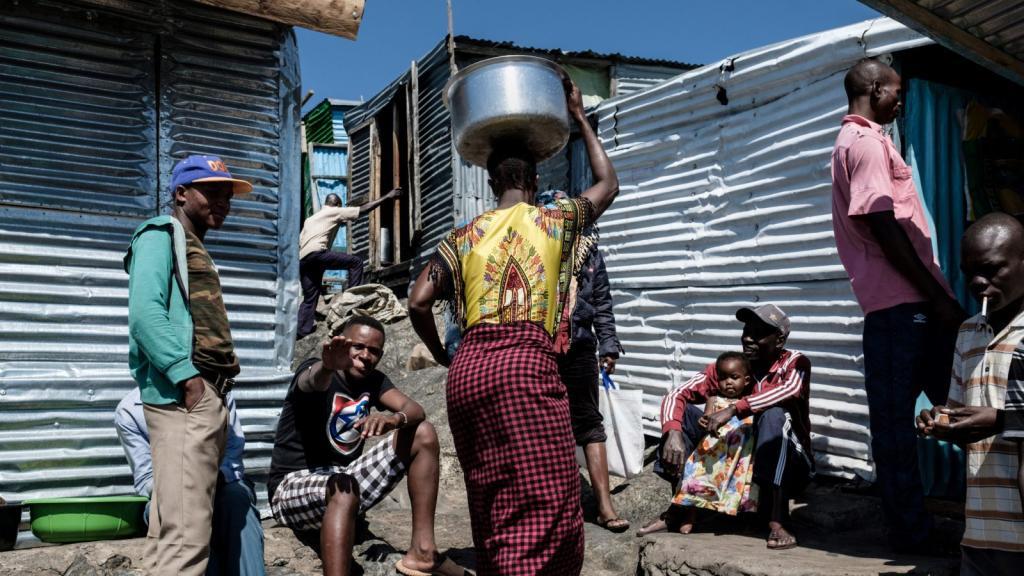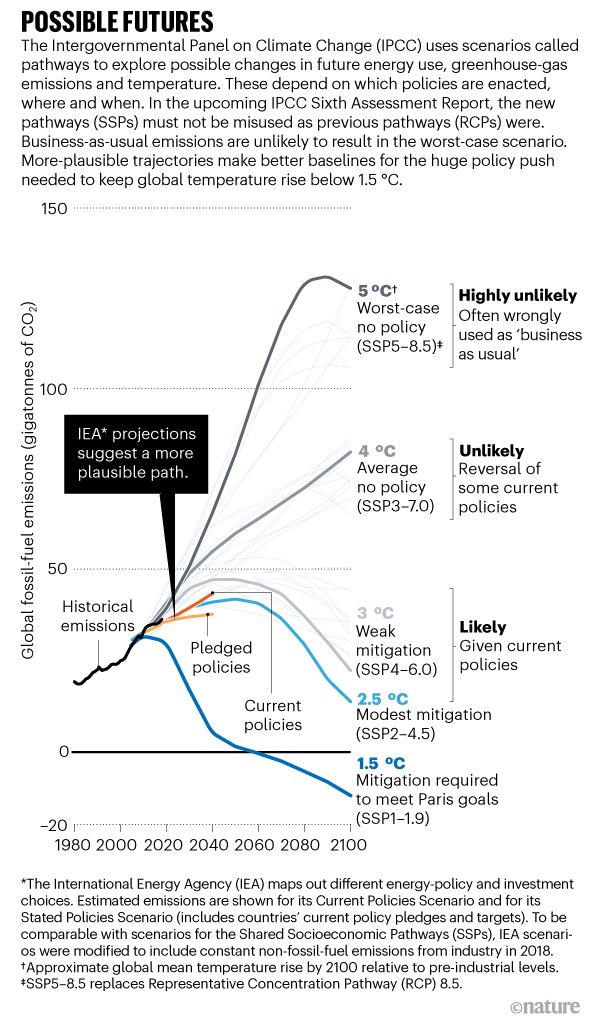Some of the apocalyptic predictions about climate change you’ve heard about were likely based on a scenario which many scientists say is no longer probable.
Take the best-selling book, The Uninhabitable Earth. In his terrifying look at the consequences of climate change, David Wallace Wells writes that 5 degrees Celsius of warming means “whole parts of the globe could be literally unsurvivable for humans.” Studies and news articles have suggested that we’re on course to filling the atmosphere with enough greenhouse gases to make that living nightmare possible — or worse over coming centuries.
But there’s an emerging consensus, articulated by a recent commentary in the journal Nature, that this kind of hothouse earth is an unlikely worst case scenario, rather than the most probable future.
“You are not going to find climate scientists who disagree with that, or at least you are not going to find many,” said Benjamin Cook, a climate researcher at Columbia University’s Lamont-Doherty Earth Observatory.
The way it’s usually described, getting to this nightmare requires taking a “business as usual” path, meaning that the world dramatically increases burning coal and other fossil fuels without worrying about the consequences. Among climate scientists, it’s called by the catchy “Representative Concentration Pathway 8.5” – referring to the most dire scenario for greenhouse gas concentrations considered by the Intergovernmental Panel on Climate Change. Imagine a dystopia with no effort to curb emissions and 5 degrees Celsius of warming by 2100.
“Happily — and that’s a word we climatologists rarely get to use — the world imagined in RCP8.5 is one that, in our view, becomes increasingly implausible with every passing year,” scientists Zeke Hausfather, and Glen Peters wrote in the Nature commentary. Hausfather hails from the Breakthrough Institute, a California climate think tank, and Peters from Norway’s the CICERO Center for International Climate Research.
So how did “business as usual” become an unlikely worst-case scenario? Well, business as usual has changed. Back in the 2000s, the possibility that the world would start burning more and more coal with every passing year seemed plausible, so scientists working on the Intergovernmental Panel on Climate Change decided to create RCP 8.5, a vision of the future with a much bigger influx of greenhouse gases then we’d seen in the past. But that unfettered mess of fossil fuel burning hasn’t materialized: Coal use has flattened around the world, and it’s dying in the United States.
Andrew Dessler, a climate scientist at Texas A&M University, said there seemed to be a real possibility back then that the world would aggressively increase its use of coal, instead of cutting back. “I was involved [as an expert witness] in some court cases where this Texas company was going to build, like, 10 coal plants,” he said. “None of them got built. So now we understand things that we did not understand in the 2000s when the RCPs were designed.”
It’s important to stress that this is a discussion about probabilities, nothing is assured. It’s all too easy to fall into the binary trap. Are we safe or are we doomed? But studies that try to imagine what the future will look like deal exclusively in what ifs, not absolutes.
If the Arctic permafrost melts away, releasing all its stored methane, and if the global thermostat turns out to be especially sensitive to greenhouse gases, the world could warm to RCP 8.5 levels, said Taryn Fransen, a research fellow at the World Resources Institute. “We can’t rule out a world with RCP 8.5 style impacts, and therefore it’s important to still study them.”
Cook, who published one paper showing that the RCP 8.5 scenario could lead to mega-droughts in the American plains and Southwest lasting over 30 years, said that studying the worst case can have a beneficial effect. “We should use those findings as a motivation to make sure they don’t come true,” he said.
And even as the worst-case scenarios are becoming unlikely, so are best-case scenarios for keeping the world from heating less than 1.5 degrees Celsius. The United Nations Environment Program recently said that goal is starting to look “out of reach,” and temperatures have already climbed 1 degree Celsius since 1880.
“At 2 degrees, coral reefs essentially disappear, we double the average length of droughts, we’re losing crop yields, we are losing biodiversity, malaria zones are expanding, we are lowering gross domestic product — and currently it looks like we are on track for 3.5 degrees,” Fransen said.
Imagining what, say, 2024 will look like is based entirely on uncertainties. A new president in the White House could help take the planet in a different direction. Acknowledging that requires being humble, and updating predictions as the facts change, Dessler said.
That the worst-case scenario is not the most likely one suggests that we should be building electric trains, rather than underground cities. There’s still every reason to act like the future depends on it.




